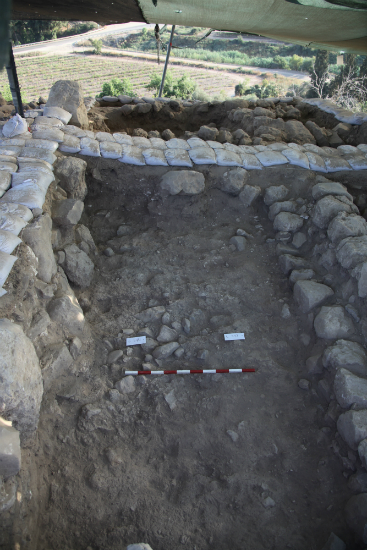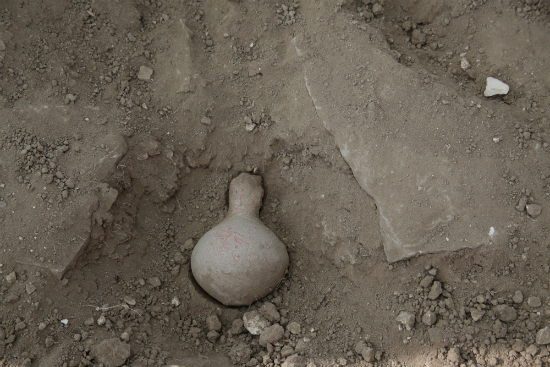
On July 9, the Korean Lachish Excavation Team (Rev. Hong Soon-hwa, director) announced that on July 5 they had uncovered a wide range of 10th century BC items, from houses with earthenware items and cooking stoves, to animal bones, olive seeds, spearheads, fortress walls and other objects.
Team director Hong Soon-hwa said in a phone interview, “The regular structure of the houses is evidence that Lachish was a planned city of the kingdom of Judah…With the emergence of earthenware and other relics that were used 3,000 years ago, this has become indisputable fact.”
Excavation chief Kang Hoo-goo, a professor of Seoul Jangshin University, explained, “All the houses discovered this time are “four-room house” structures with pillars and three or four rooms each…This is proof that not only was Lachish a city with walls, but also that it was constructed as a city in regular structural form based on city planning.”
A record of the reconstruction of Lachish appears in the Old Testament book of Chronicles (2 Chronicles 11:9). The text says that in order to defend the land of Judah, Rehoboam built 15 castle towns, and Lachish is listed as one of them. Because this record appears in the book of Chronicles rather than in Kings, scholars have promoted the viewpoint that the construction took place 200~300 years later, or in the Hellenistic period. But now, with confirmation that the relics discovered by the Korean archaeological team are all daily life items used in the 10th century BC, it will be inevitable for Biblical archaeology and Biblical studies to modify their theory.

The excavation team members were excited to find a large amount of earthenware revealing what life was like there 3,000 years ago. Among the pottery was a palm-sized bottle, or “juglet,” in perfect condition (photo above). Such containers were used to hold liquids in ancient times. Excavation chief Kang said, “We can infer from the long neck, round body and handle connecting neck and shoulder, that this is typical 10th century BC pottery.”
Reporter Sangmok Shin (smshin@kmib.co.kr), with Marion Kim (marionkkim@icloud.com)
Photo provided by the Korean Lachish Excavation Team
Original Article in Korean:
“이스라엘 라기스는 르호보암 시대 계획도시”: 한국발굴단 유물 발굴로 입증
Related Article:
Excavated Olive Seeds May Confirm Area as Rehoboam Period Archeological Site



